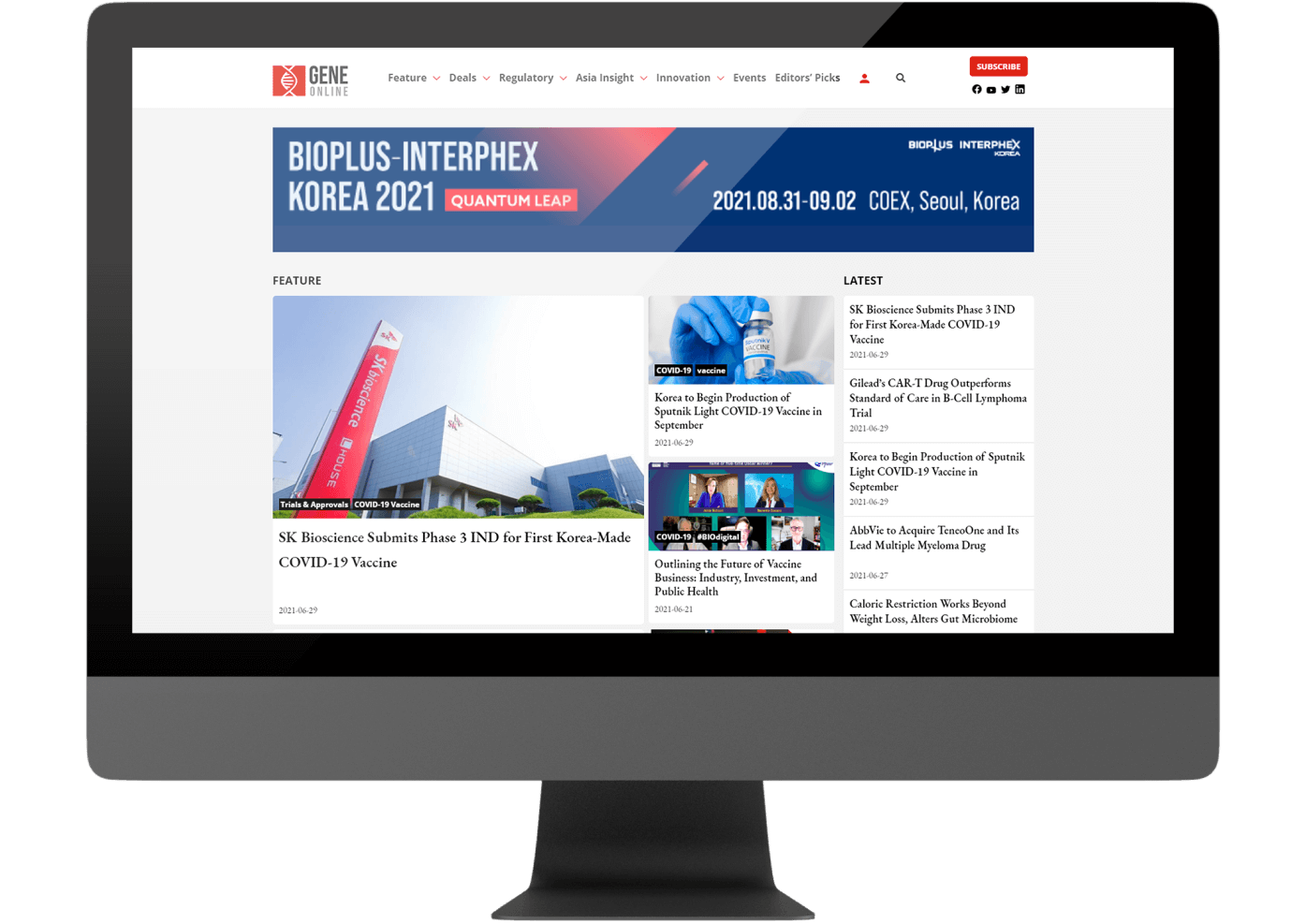2021 BioJapan Highlights: How Can Metabolomics and Lipidomics Deepen Microbiome Research?
The gut microbiome consists of approximately 100 trillion cells in the human body, which is much greater than the number of human somatic cells. Gut microbiota has been studied a lot in the past few decades. It is well-known that when gut microbiota is not balanced, diseases ranging from obesity, diabetes to inflammatory diseases will occur.
In 2021 BioJapan, a session titled “Future Technologies to Deepen Gut Microbiome Research” introduces examples of interdisciplinary research between genomics and information sciences and future trends in gut microbial research.

Interdisciplinary Progress in Gut Microbial Research
Professor Ogawa Jun from Kyoto University, Division of Applied Life Sciences, outlines the strategy for biotechnology development in microbial research. Prof. Jun mentioned that with the support of omics analysis and IT technology, microbiologists could identify and cultivate the desired microbial strains via synthetic biology.
Prof. Jun’s research suggested intestinal microbiota can prevent host obesity by metabolizing food-derived lipids and producing dietary polyunsaturated fatty acids (PUFA) called HYA. PUFAs modulate gut hormones released by the microbiota, which may play a role in maintaining the metabolism of the host.
Describing Gut Ecosystem with Lipidomics
Next, Professor Arita Makoto from Keio University, Division of Physiological Chemistry and Metabolism, introduced another tool to study gut microbiome research. Prof. Makoto pointed out that we often think of the “quantity” of lipids, but the “quality” of lipids matters, too.
In order to understand the structure of diverse lipids, Prof. Makoto developed three domains to study lipid qualities:
- lipid-protein interactions
- lipid function in a mouse model and clinical study, and
- LS-MS/ MS-based lipidomics platform
Non-targeted lipidomics analysis can also be used to analyze gut microbiota, which would prove useful as the complex metabolic systems of microbiota are often under-researched. Prof. Makoto concluded that identifying functional bacteria involved in the biosynthesis of specific lipids as well as the bacteria’s genetic information would help clarify the correlations between gut microbiota and human diseases.
©www.geneonline.com All rights reserved. Collaborate with us: service@geneonlineasia.com








